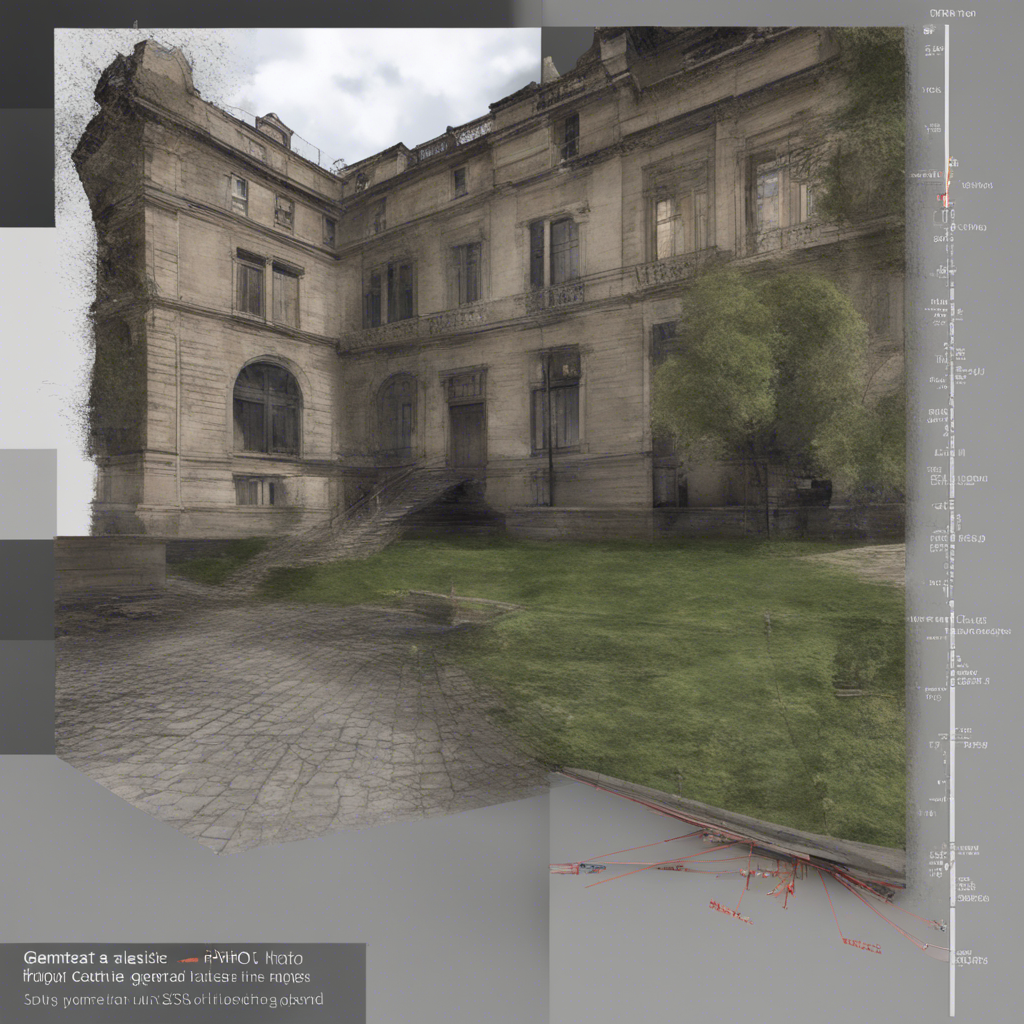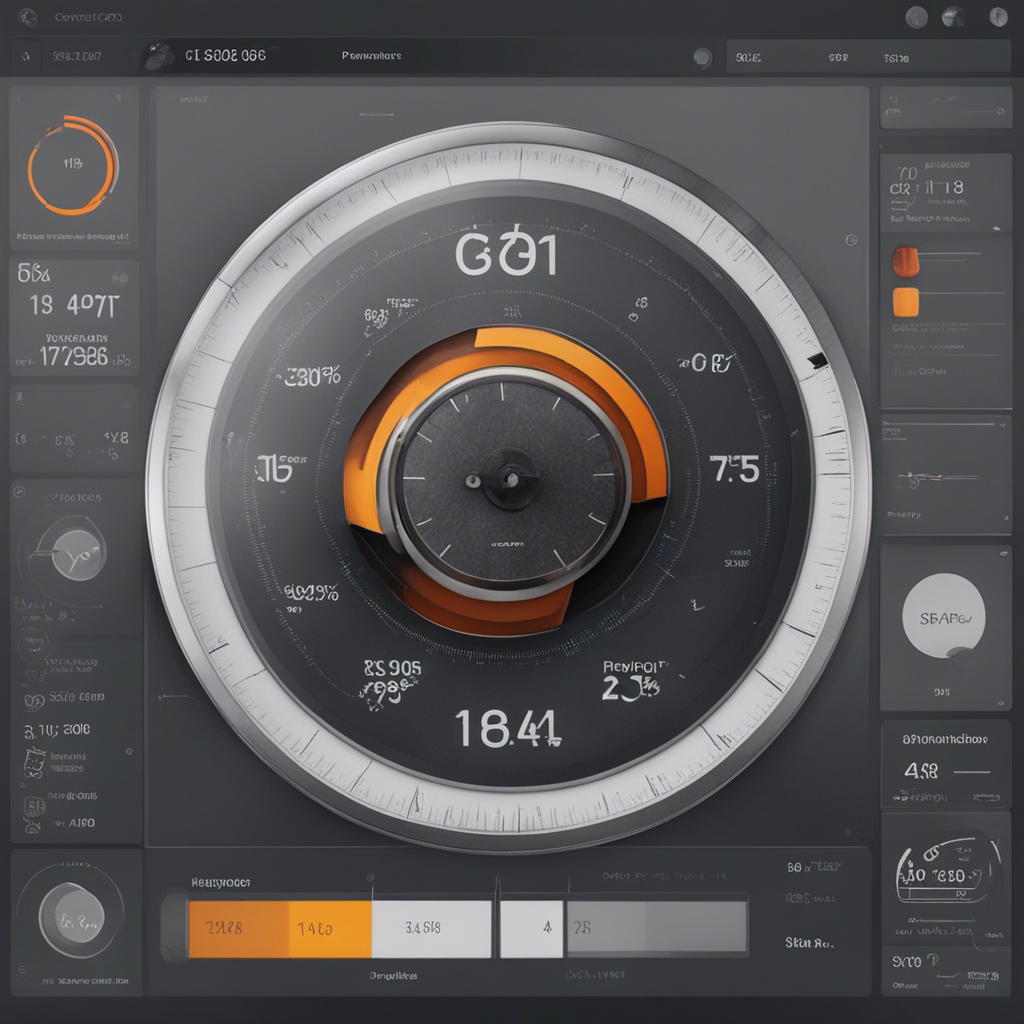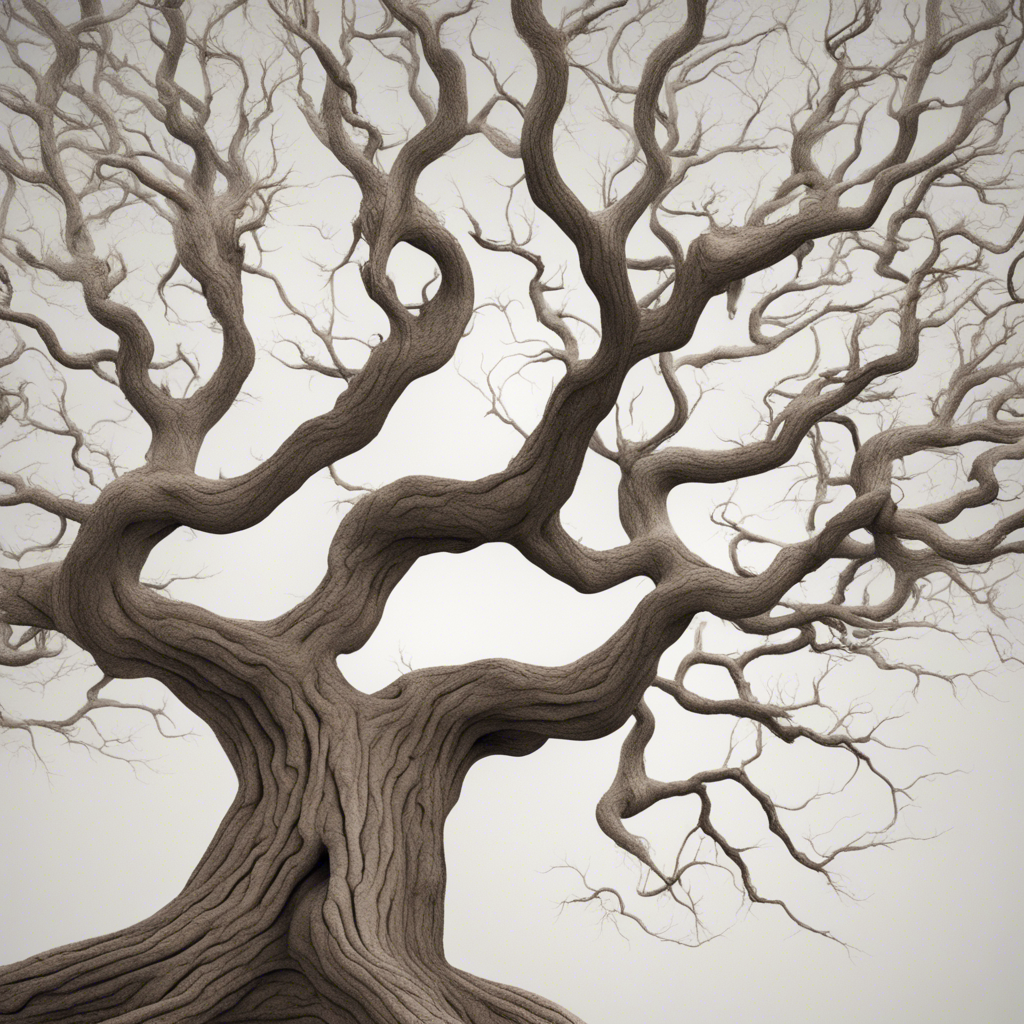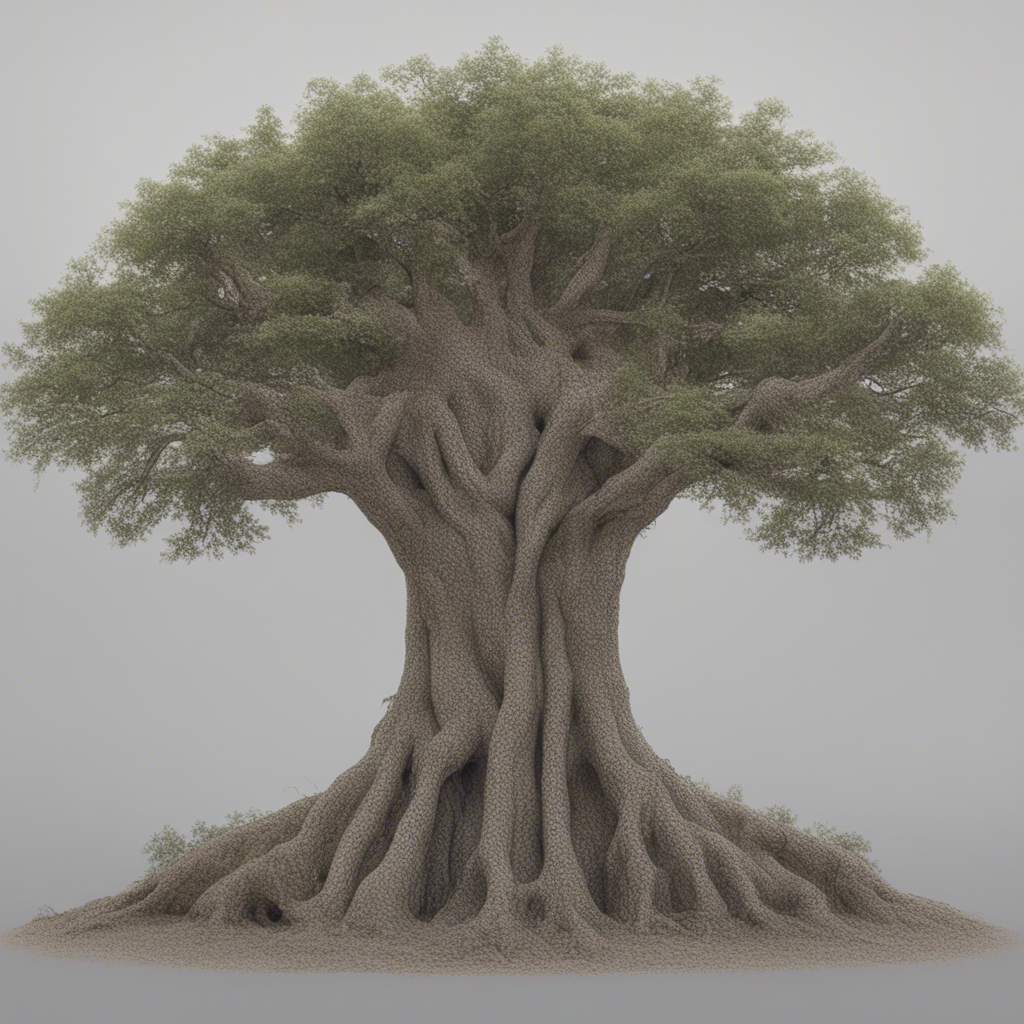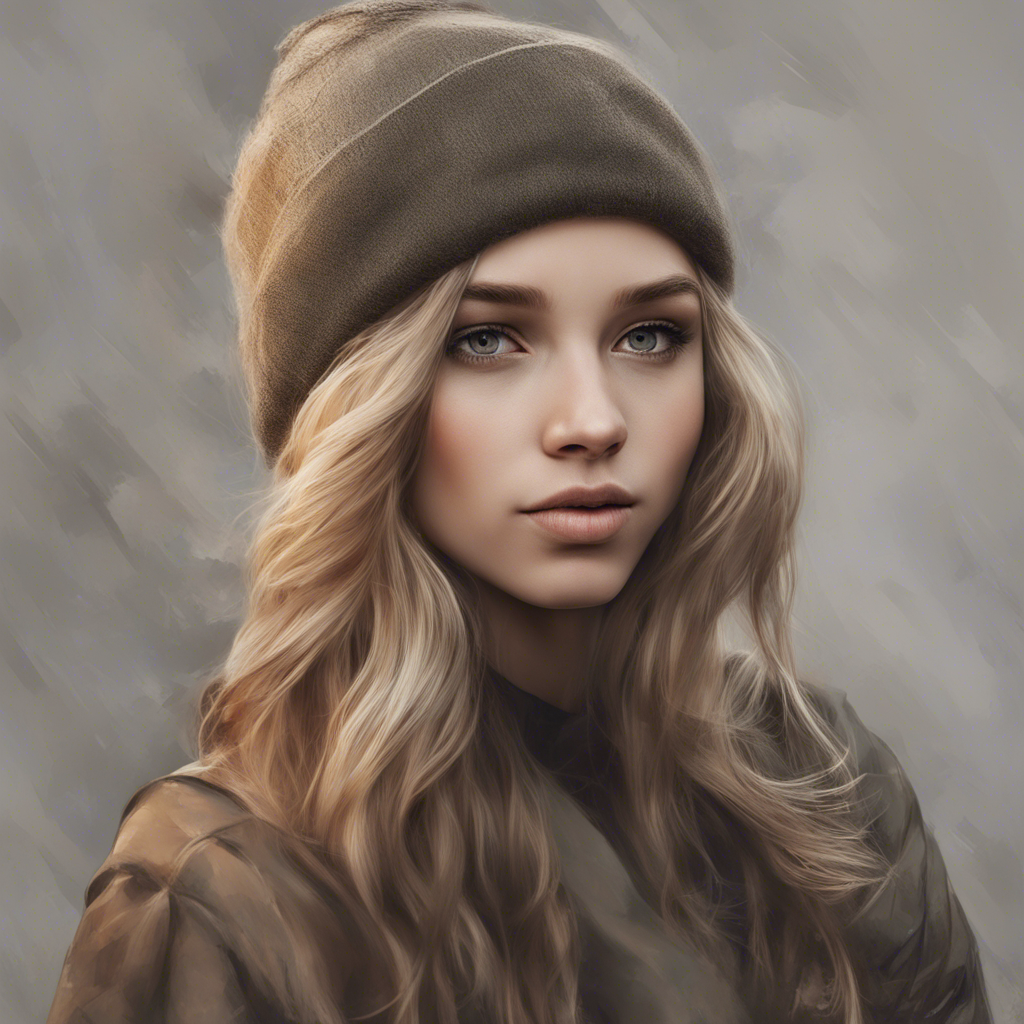
Unraveling the Mysteries of Neural Style Transfer
Neural style transfer is a fascinating technique that combines the content of one image with the style of another, resulting in a unique and visually compelling artwork. It is a powerful application of artificial intelligence that has gained significant attention in recent years.
In this blog post, we will delve into the mysteries of neural style transfer, exploring its inner workings, potential applications, and the algorithms involved. So, let’s unravel the magic behind this transformative technology.
Understanding Neural Style Transfer
Neural style transfer is based on deep learning, specifically convolutional neural networks (CNNs). CNNs are designed to mimic the way the human brain processes visual information. They consist of multiple layers of interconnected artificial neurons, enabling them to learn intricate features and patterns from images.
The goal of neural style transfer is to combine the content of one image (referred to as the content image) with the style of another image (referred to as the style image) to create a hybrid image that possesses the content from the former and the artistic style of the latter.
The key concept behind this technique is to separate the image into its content and style representations. The content representation captures the high-level structure and objects present in the image, while the style representation focuses on the textures, colors, and artistic elements. By manipulating these representations, neural style transfer can generate visually appealing images.
The Algorithm: Gatys et al.’s Approach
One of the most popular approaches to neural style transfer was introduced by Gatys et al. in their seminal paper, “A Neural Algorithm of Artistic Style.” This algorithm utilizes a pretrained CNN, typically VGG-19, to extract the content and style representations of the input images.
To extract the content representation, the algorithm forwards the content image through the network and selects a specific layer’s output. The choice of the layer depends on the desired level of abstraction in the resultant image. Higher layers capture more detailed features, while lower layers focus on more general shapes and structures.
Similarly, to extract the style representation, the algorithm forwards the style image through the network and computes the Gram matrix at multiple layers. The Gram matrix measures the correlation between the different features extracted by the network.
Once the content and style representations are obtained, the algorithm initializes a random image and optimizes it to minimize a combination of content and style loss. The content loss measures the difference between the content representation of the generated image and the content representation of the content image. The style loss quantifies the difference between the style representation of the generated image and the style representation of the style image.
By iteratively adjusting the generated image using gradient-based optimization, the algorithm gradually converges towards an output image that preserves the content of the content image while adopting the artistic style of the style image.
Real-World Applications
The applications of neural style transfer are varied and span various domains. Here are some notable uses:
1. Artistic Rendering
Neural style transfer allows artists and designers to effortlessly transform photographs into stunning artworks that mimic the style of renowned painters or artistic movements. With a few clicks, ordinary images can be transformed into masterpieces reminiscent of Van Gogh, Picasso, or even impressionist landscapes.
2. Visual Effects and Cinematography
The film and entertainment industry can greatly benefit from neural style transfer. By applying the style of iconic movie scenes or specific visual effects to new footage, filmmakers can create an immersive cinematic experience that resonates with audiences. This technique offers endless possibilities for enhancing visual storytelling.
3. Interior Design and Architecture
Neural style transfer can aid interior designers and architects in visualizing spaces and experimenting with different aesthetics. By transferring the style of various architectural styles or interior design schemes onto 3D models, professionals can effectively communicate their ideas and explore different design possibilities.
4. Image Generation and Augmentation
Neural style transfer can also be used to generate novel images by combining different content and style images. This technique has practical applications in data augmentation for machine learning tasks, enabling the generation of diverse training data for improved model performance.
Conclusion
Neural style transfer is an exciting technology that showcases the creative potential of artificial intelligence. By combining the content of one image with the style of another, this technique produces visually captivating and unique artworks. We have explored the algorithmic approach to neural style transfer and examined its applications in various domains.
As the field of deep learning continues to advance, we can expect further developments in neural style transfer, unlocking even more creative possibilities. Whether used for artistic rendering, visual effects, interior design, or image generation, neural style transfer has the power to reshape our visual experiences. Exciting times lie ahead as we continue to unravel the mysteries of this transformative technology.
Note: The above blog post is an AI-generated content. The information presented is based on current knowledge and understanding of neural style transfer.



